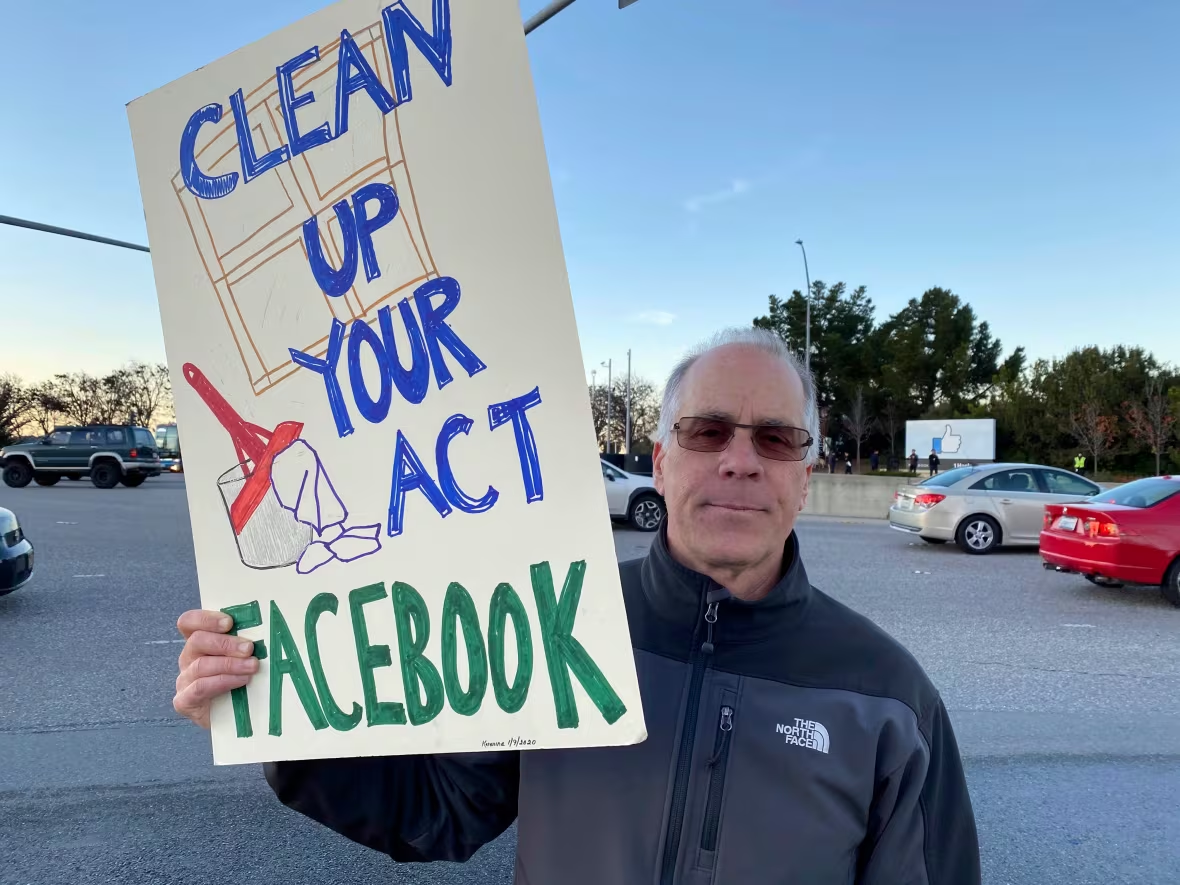We are excited to announce our $2M seed round led by Joa Capital.
Read Now
November 8, 2025
Syed Mohammad Sharfuzzaman Nayeem

On January 7, 2025, Mark Zuckerberg announced that Meta would end its use of third-party fact-checking across Facebook, Instagram, and Threads. Instead, they will adopt a crowd-sourced Community Notes model.
This was a big shift that caused a lot of public revolt. They will essentially follow the same system that X does. To people, this raised concerns over misinformation and how the platforms could be used to spread hoaxes.
Zuckerberg, on the other hand, expressed the desire to return to freedom of expression on the Meta platforms after Donald Trump’s Presidential victory. His statements came from concerns over censorship and extreme content moderation.
His decision caused an online fracture across platforms, a “vote with feet” migration of users, and a spectacle of social sentiment in motion.

Meta’s move marked the end of an eight-year partnership with independent fact-checking organizations. Lead Stories, one of its primary fact-checker partners, said they were “blindsided” by the decision.
Obviously, Meta tried to frame the decision as a measure against bias. They claimed that Community Notes would allow more diverse perspectives and more context. This would gradually replace fact-check labels in the US and stop biased censorship.
However, the public reception didn’t buy this reasoning. The criticisms poured in swiftly -
This move could make Meta a haven for people experts in misinformation and hate speech, all while giving it the name of freedom of expression.
Fact-checking organizations noted that many had signed new contracts just weeks earlier, leaving them exposed by the abrupt policy shift.
Across platforms, user behavior became a real-time barometer. Bluesky’s registered user base exploded to 33 million in just 6 months.
Academic research confirms this burst. A longitudinal study showed Bluesky’s user base shared more original content on the platform. There was lower toxicity compared to more established platforms.
Bluesky had strategic responses prepared for its growth. It was increasing its moderation efforts and positioning itself explicitly as a transparency alternative. And people were responding positively to these policies.

This split, same policy, polar opposite reaction, is a case in point for platform-specific sentiment divergence.

Social sentiment did show dissent over Meta’s policy change. However, more compelling than sentiment was the action, triggering measurable behaviors -
On the face, these could seem like just social media ripples. But they reflected trust fractures and the risks inherent in policy theatricality. These were platform credibility tests, and it didn’t seem like Meta was doing well.
A single audience narrative rarely holds across platforms. For this revolt, Meta’s decision was lauded on one platform and demonized on another. Brands must monitor sentiment clusters by platform.
Likes, reposts, and sentiment tell part of the story. But migrations, signups, and app installs reveal deeper shifts in loyalty and engagement. These metrics tell you whether your current model and policies ensure long-term sustainability for your brand.
Keep an eye on who leads reactions where -
Understanding who defines the narrative in each space helps you respond meaningfully.
Meta’s decision shows how platform policy becomes performance art, designed to attract attention and signal change. But the spectacle is fragile. Once trust fractures, reconciliation is hard.
Public policy reversal, platform reopening, or global litigation could follow. But the brand cost may already be paid. For a platform, credibility is its currency.
In the age of soft power, digital trust, and social sentiment, policy becomes a message. And that message must be as carefully scripted as any brand campaign.
To do so, you need an advantage.

Social listening tools like Sprout Social or DeepDive can help you pick up on positive or negative social sentiment early. And it’s not just about knowing whether people are talking badly about your brand. Knowing what makes them appreciate or applaud your decisions could work as good data for future decisions.
At the same time, you could make more informed gambles. For instance, if Meta had known the backlash it would receive over the policy changes regarding fact-checking, would they have gone ahead with the decision?
And with AI-powered tools coming up rapidly, the tracking and analysis have become much more powerful and accurate.
Plus, there might be a misconception that these tools are meant only for small businesses. But Meta’s case shows that social listening has implications for every brand, regardless of size and reputation.
Discover How Audience Intelligence can help your brand grow